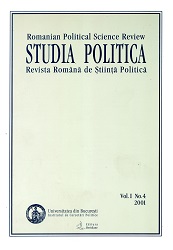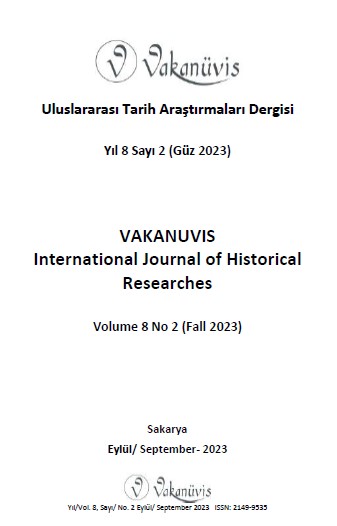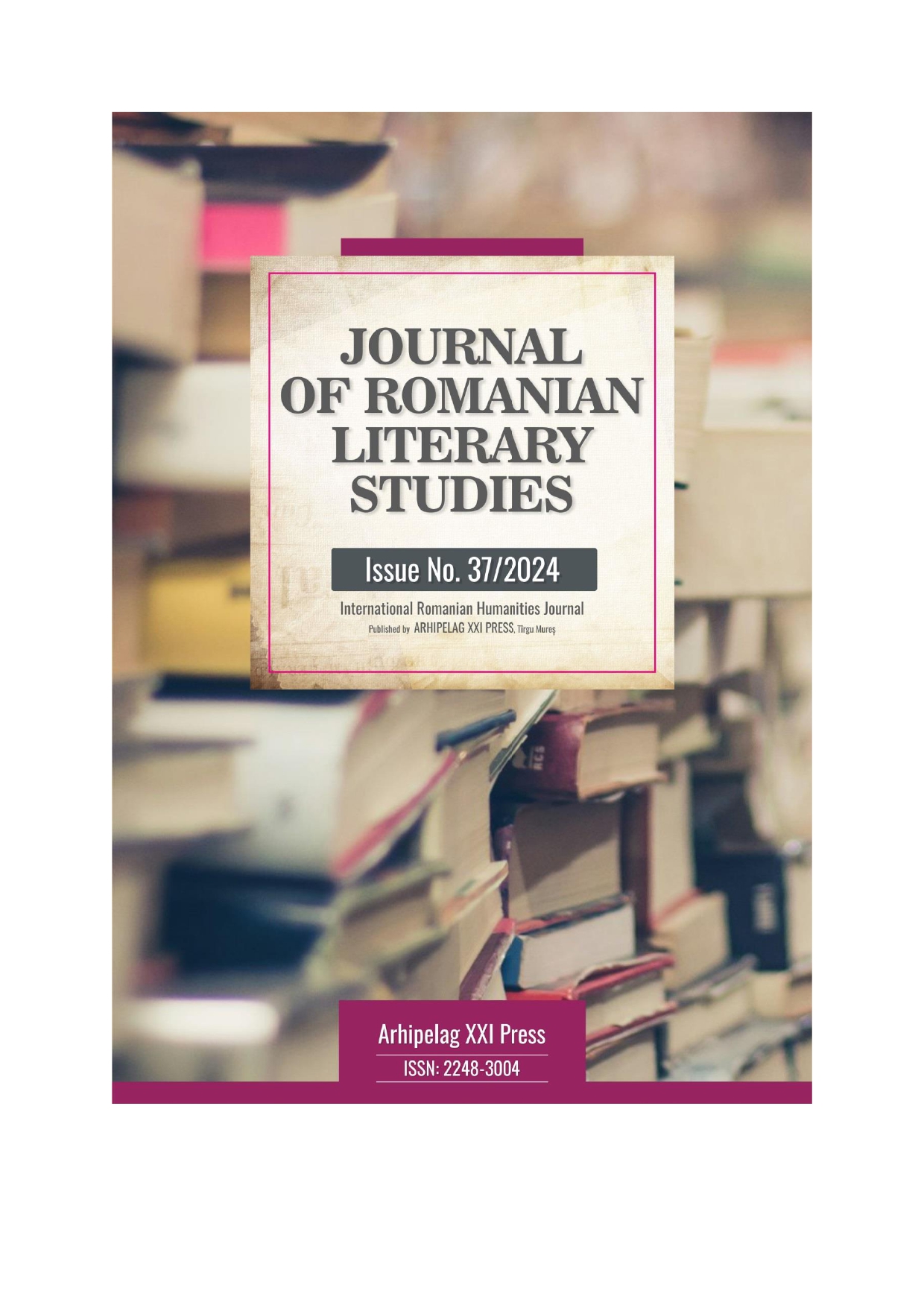
Bizanț contra Bizanț? Note despre „fondul” culturii politice românești
L’étude questionne les permanences de la société politique roumaine. Pour Daniel Barbu, la culture roumaine a repris certaines pratiques et cérémonies, comme |’instrumentaire culturel du Byzance, mais sans emprunter aussi ce qui leur donnait un sens: homoétheia, le mode dont la société byzantine se comprenait et se définissait elle-méme. Les Roumains n’ont pas ainsi developpé, comme corps politique, la conscience de soi des Byzantins, mais se sont manifesté dans un esprit tout a fait contraire au Byzance politique. L’auteur renverse ainsi la perspective inaugurée par l’historien roumain Nicolae lorga - qui parlait d’un «Byzance aprés Byzance» — pour parler d’un «Byzance contre Byzance», vrai modéle de la politique roumaine.
More...














